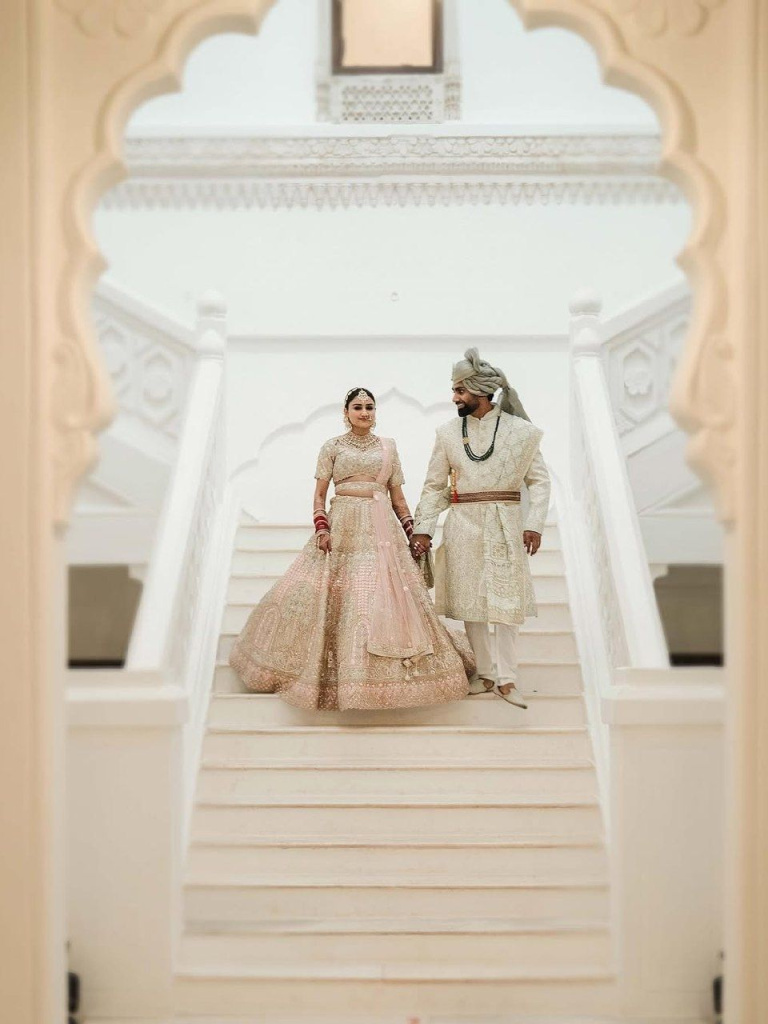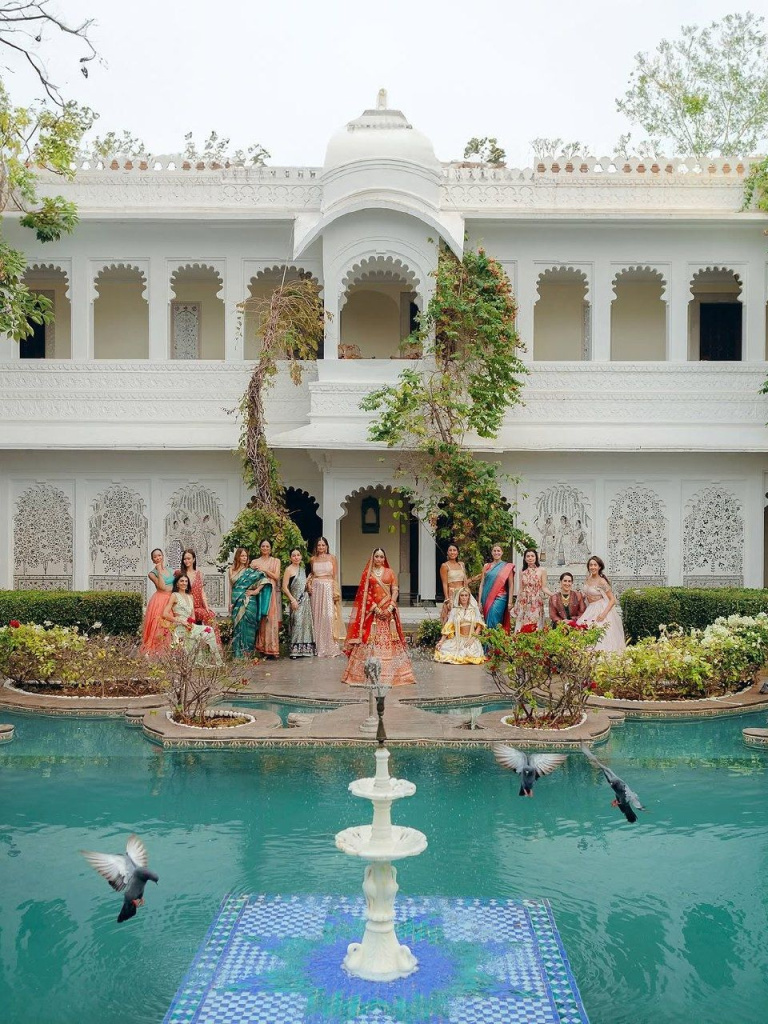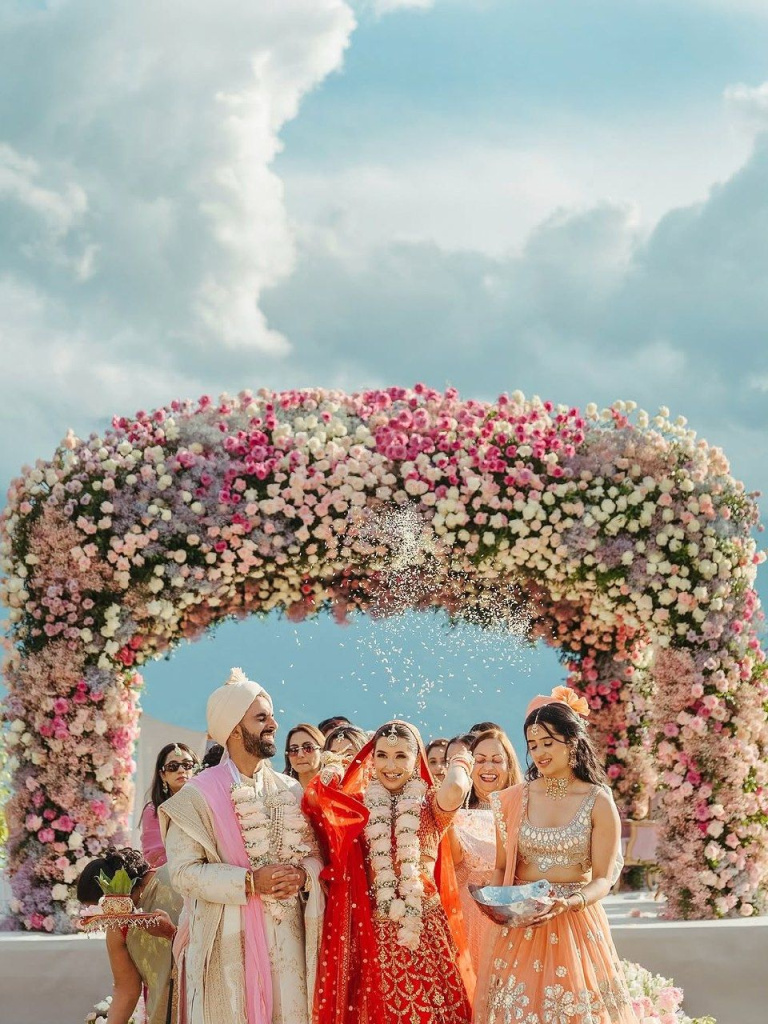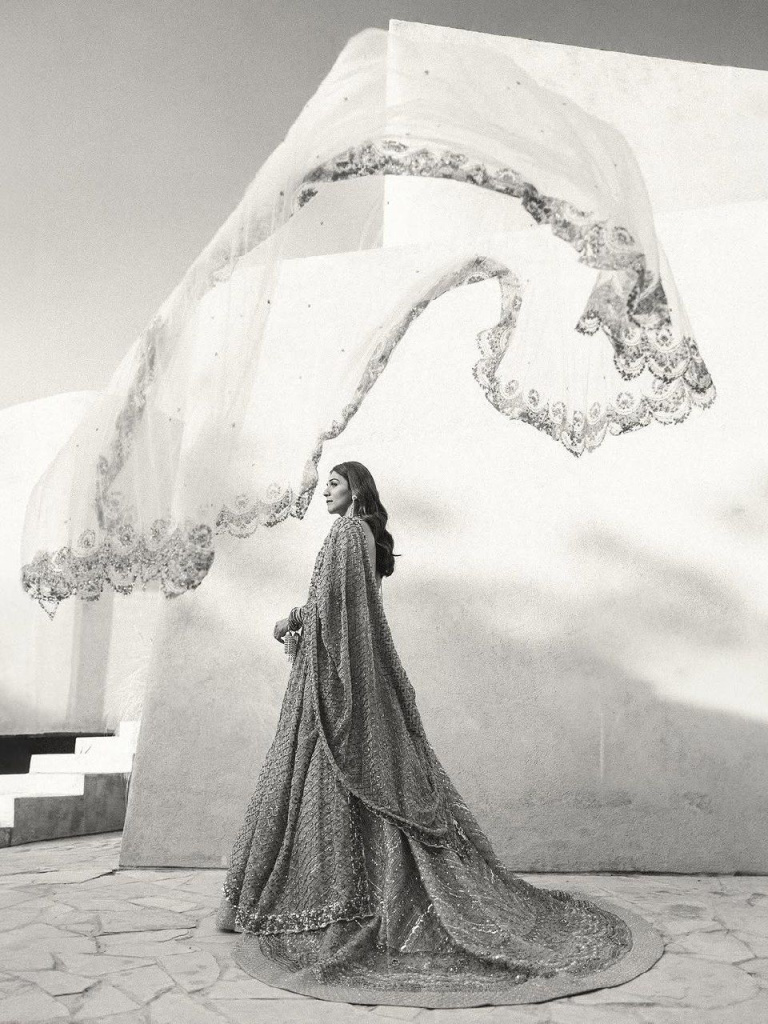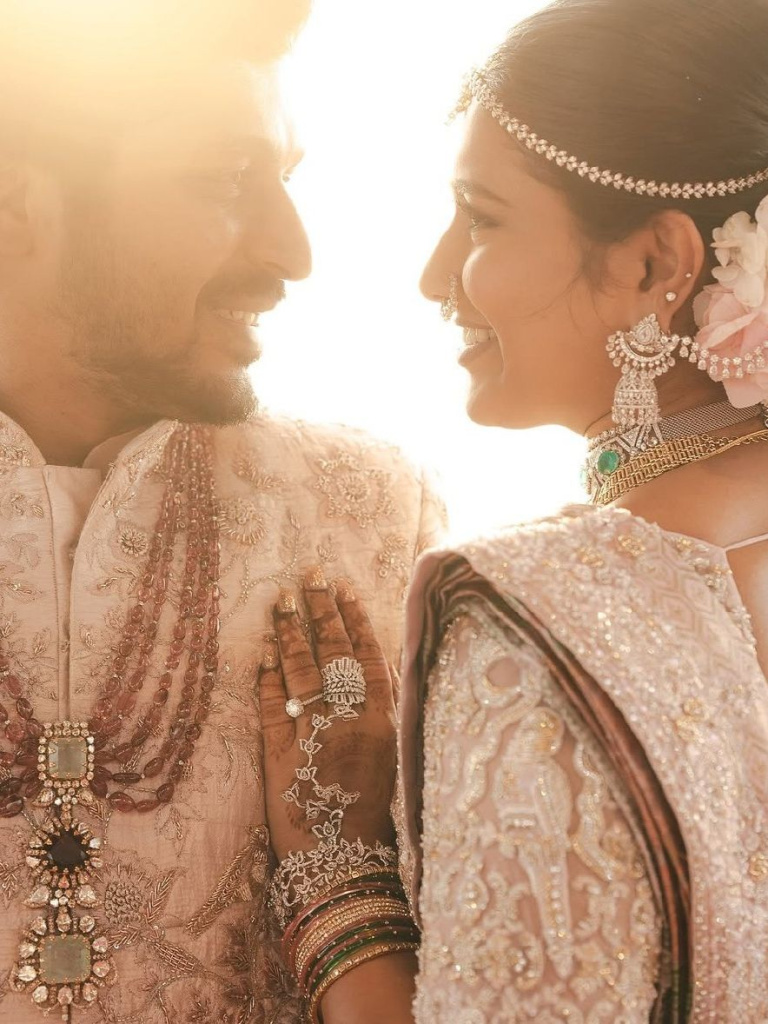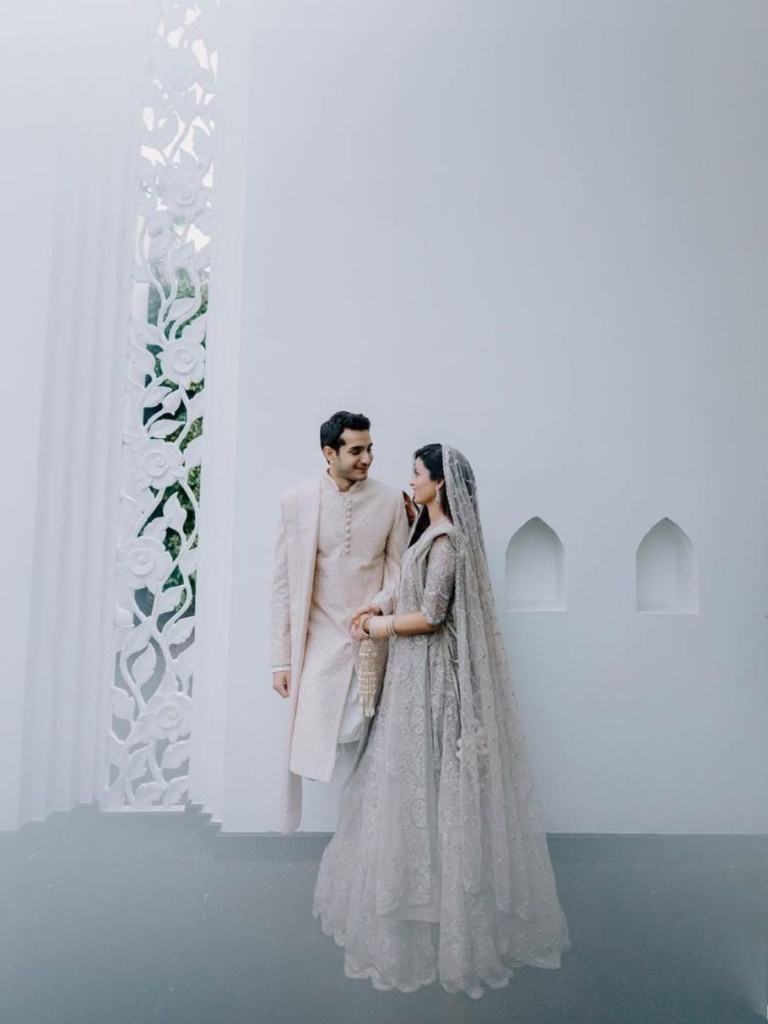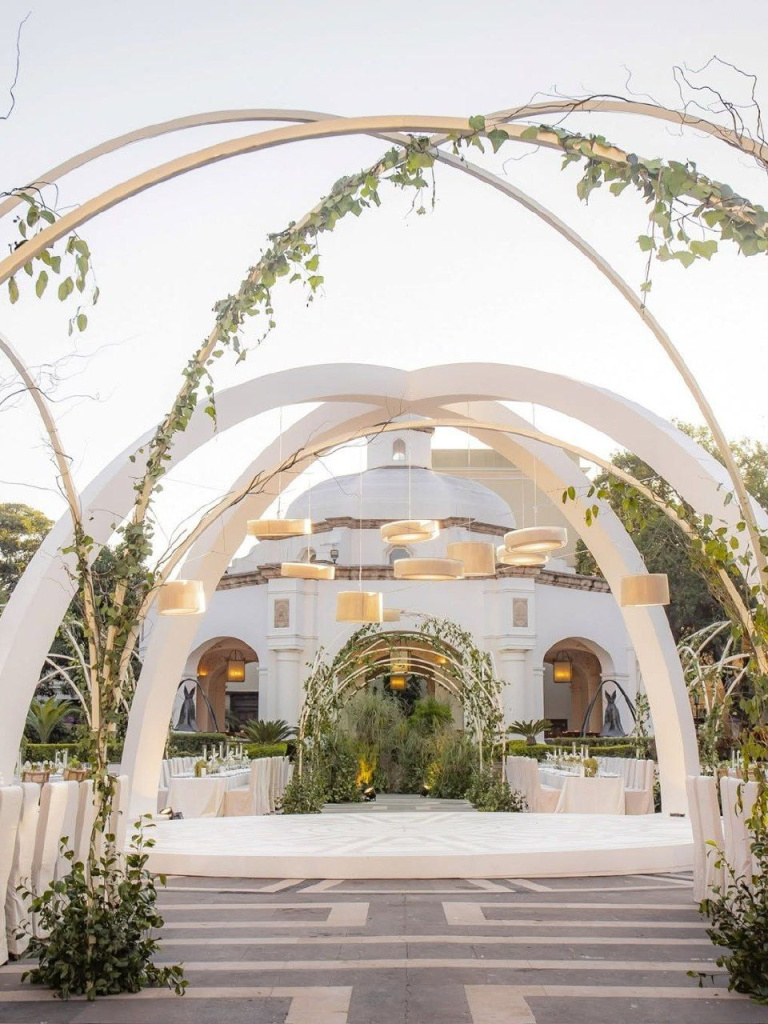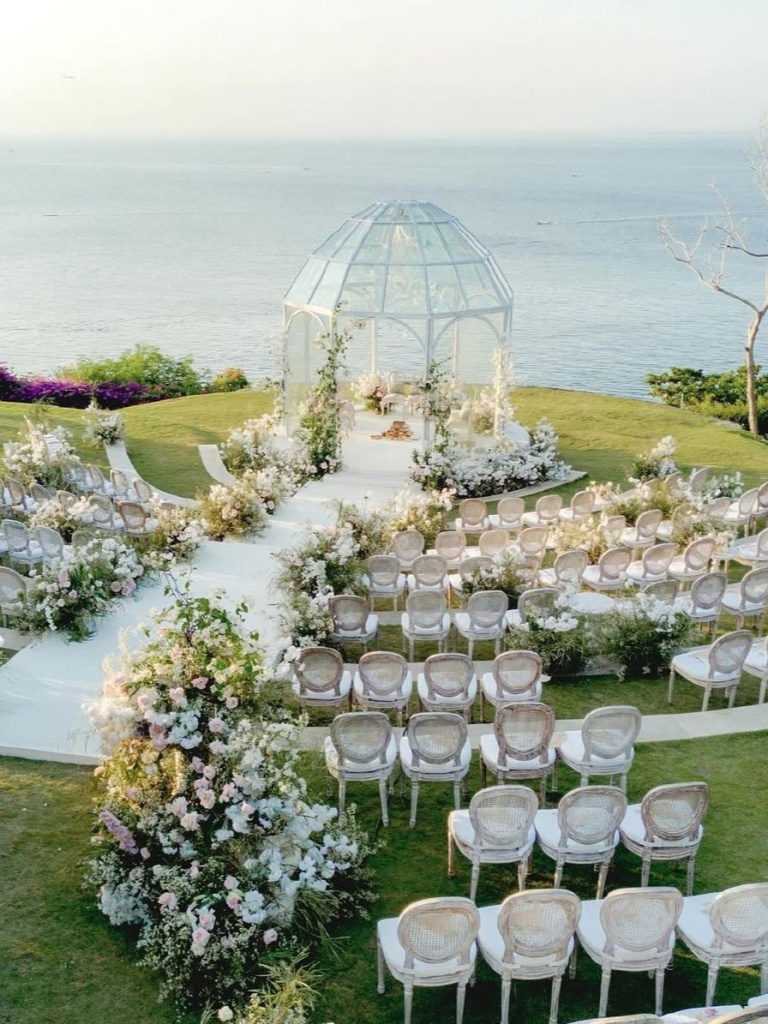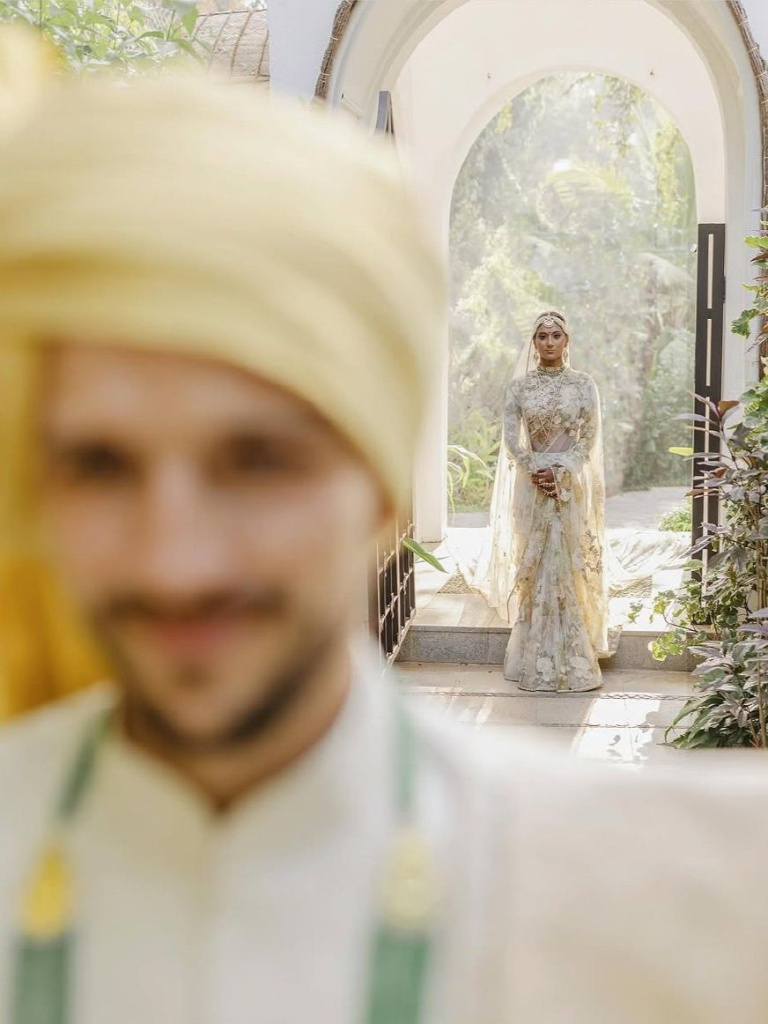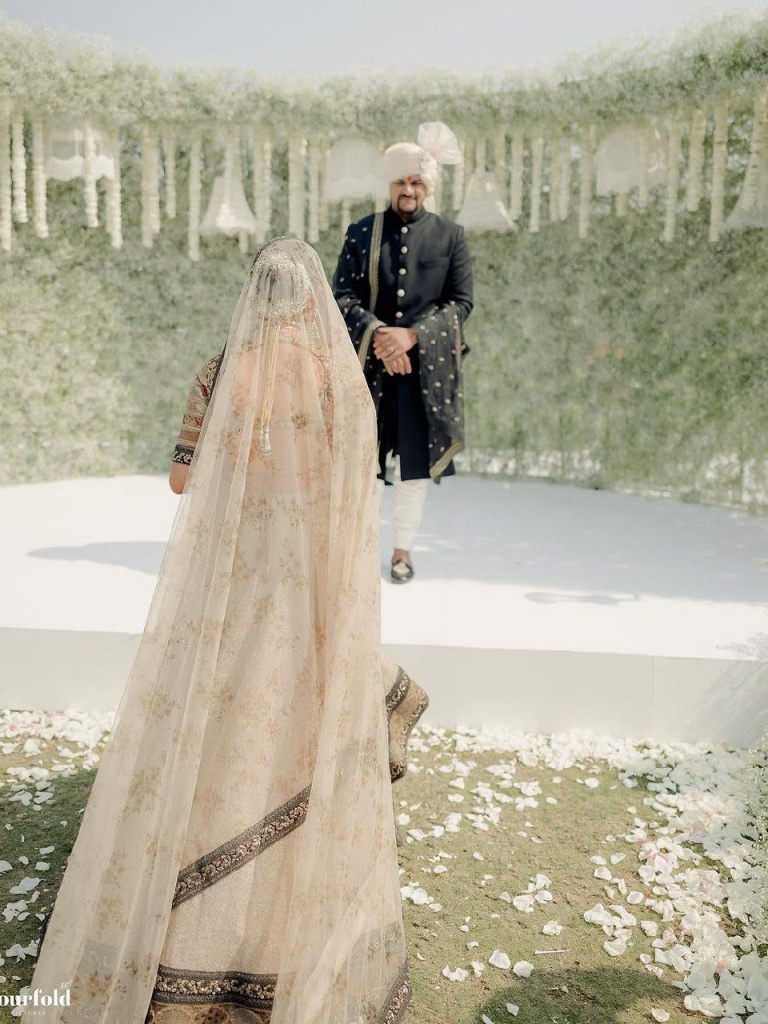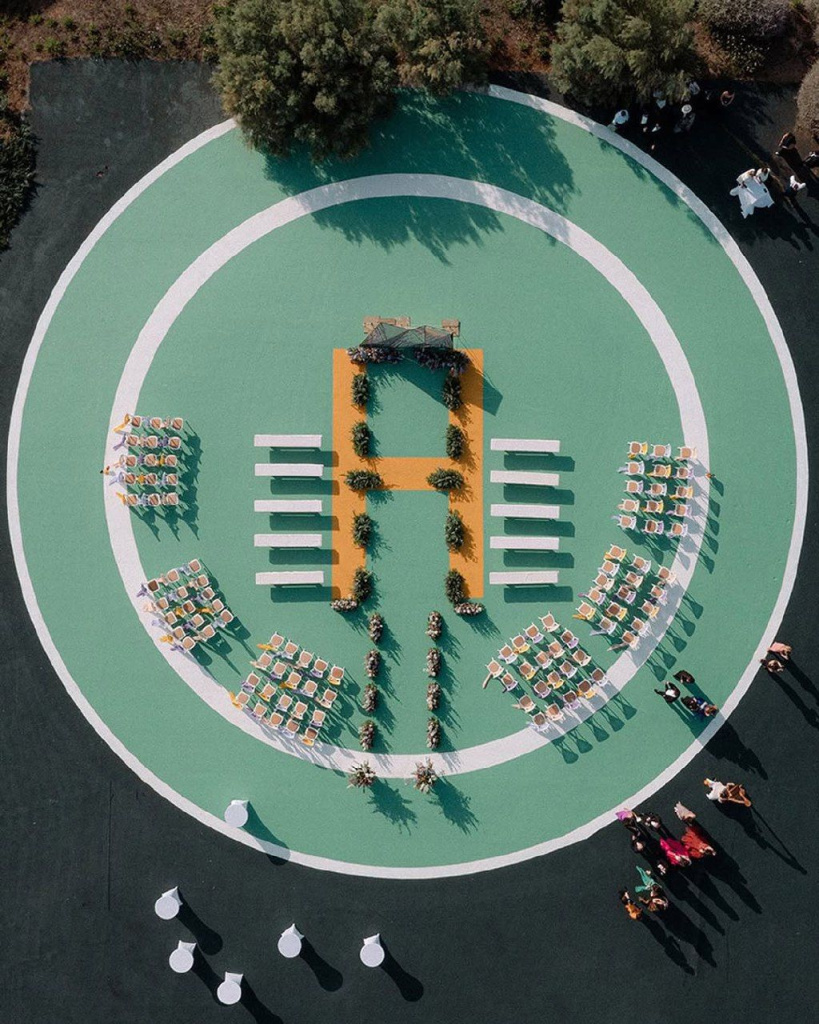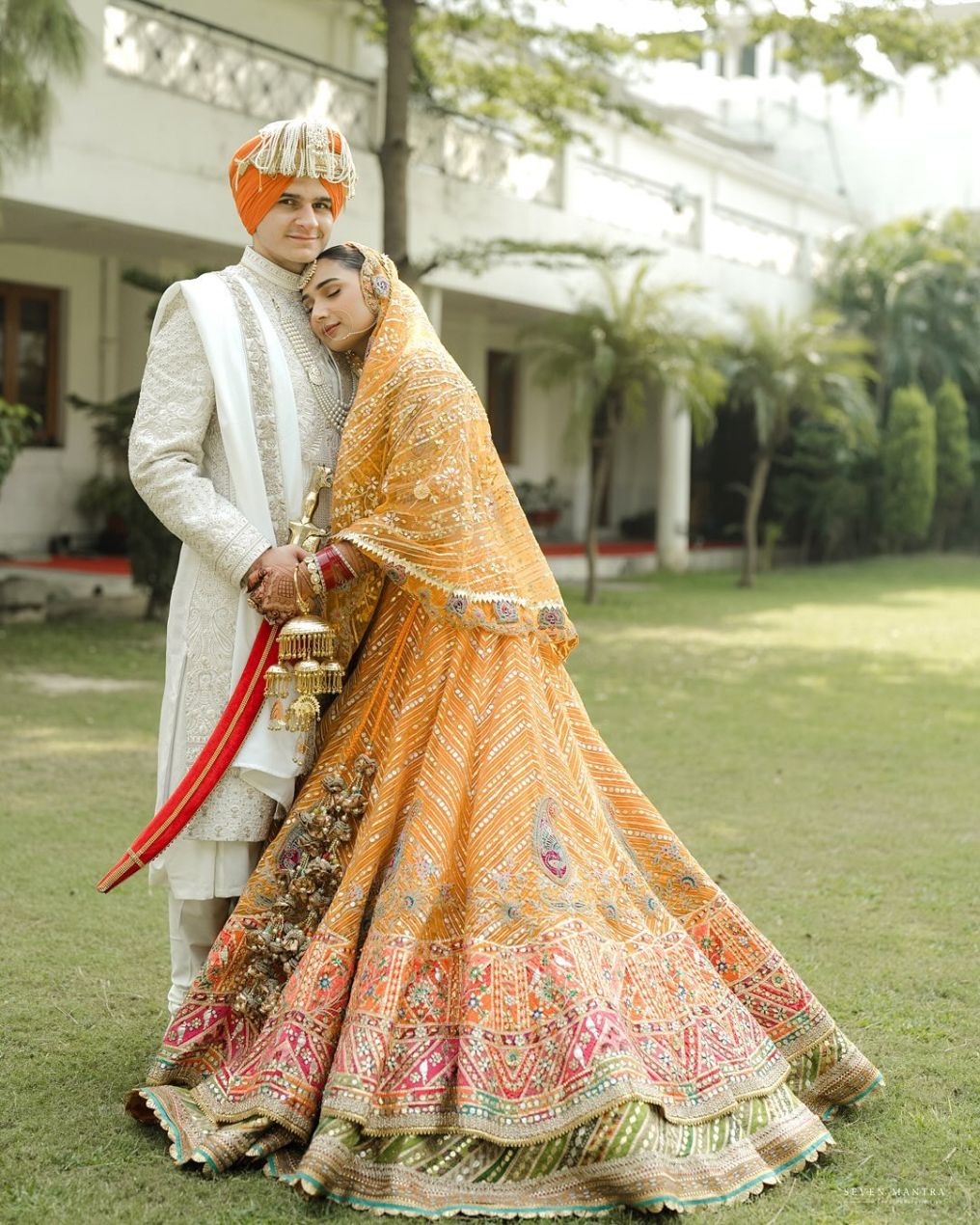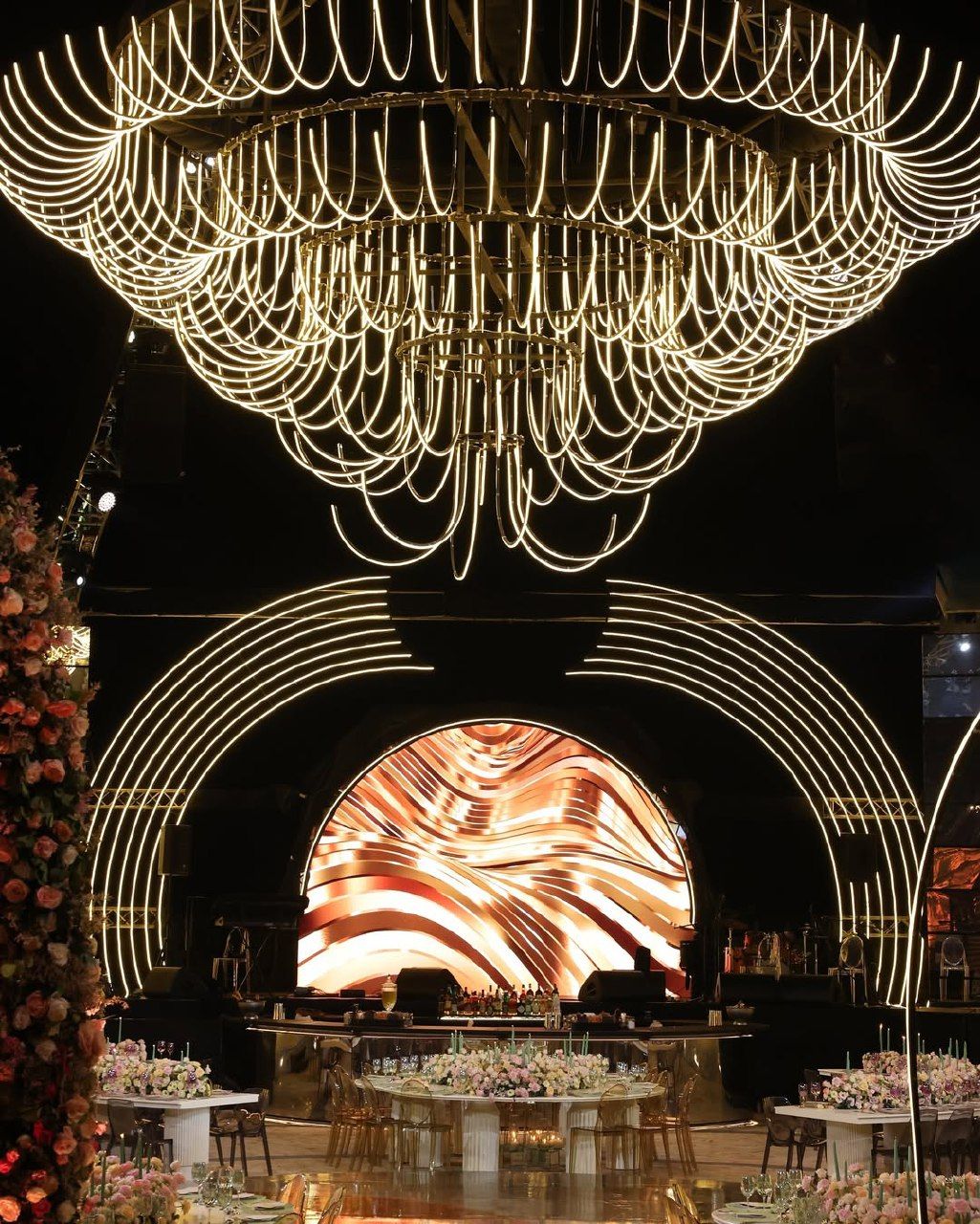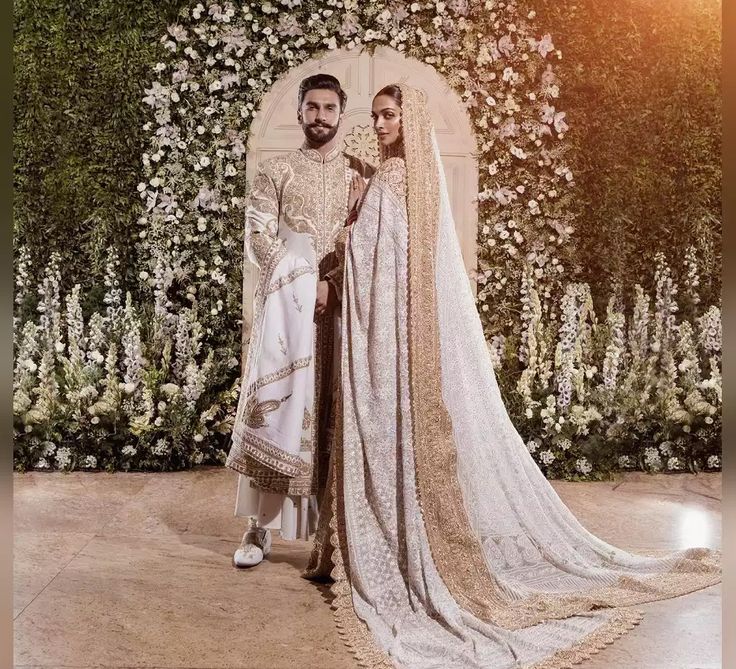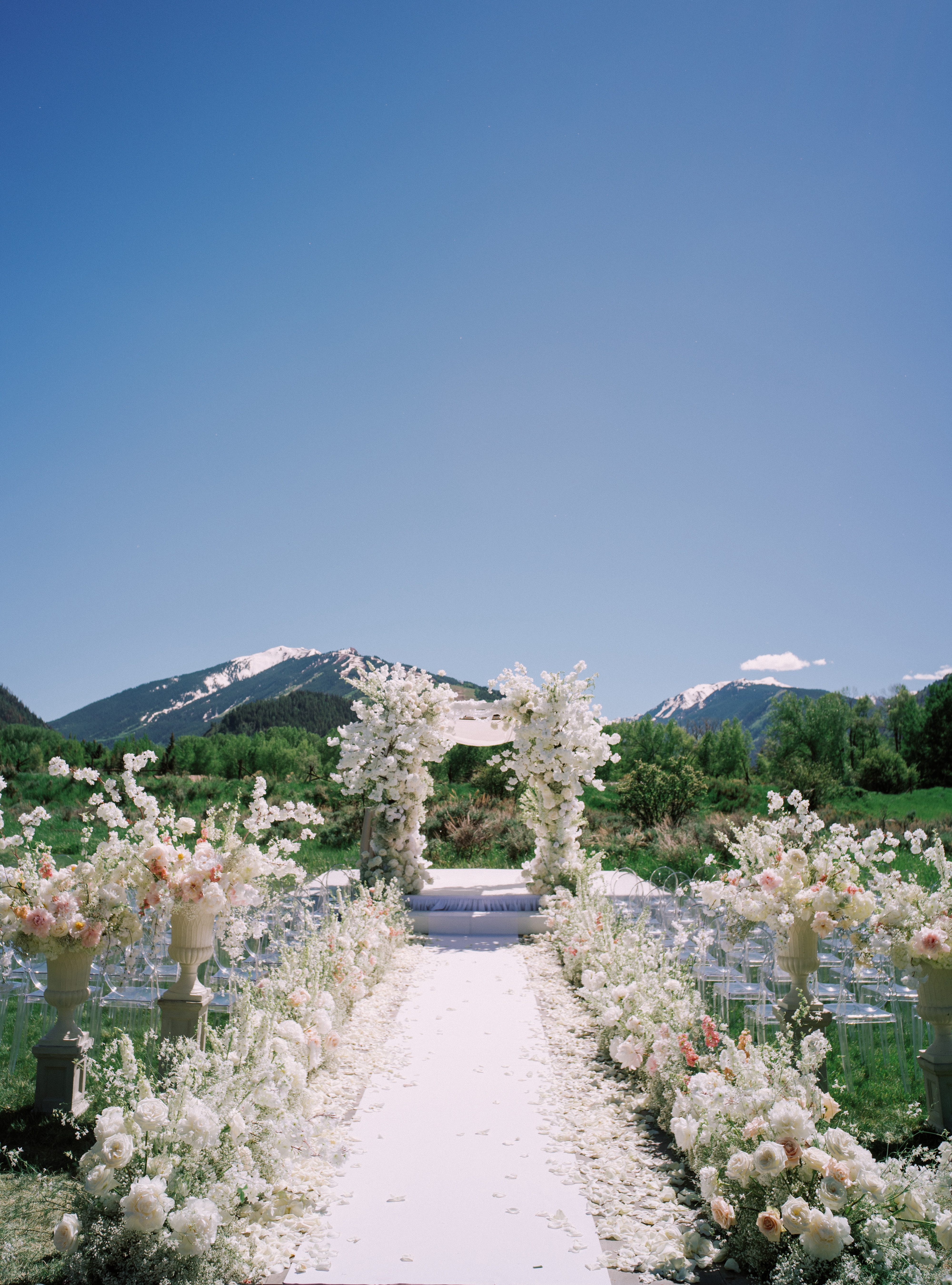Hindu Wedding Ceremony
- Author: Natali Grace Levine
- Reading time: 6 min 8 sec
- Publication date: 02/15/2025
A hindu wedding ceremonies is one of the most vibrant, sacred, and culturally rich celebrations in the world. Rooted in ancient Vedic traditions, it is not just a union between two individuals but a merging of two families, lineages, and even divine energies. Unlike Western weddings, which often follow a single-day format, Hindu wedding ceremonies span multiple days and include intricate Hindu pre-wedding rituals, symbolic vows, and festive celebrations. Each step of the ceremony is filled with deep spiritual meaning, from the application of Hindu wedding henna to the sacred fire rituals and the emotional Vidaai (bride’s farewell).

Preparation for a Hindu Wedding Ceremony
A Hindu wedding ceremony is a grand affair that requires meticulous planning and preparation. The process begins with selecting an auspicious date, which is determined by consulting a priest or astrologer who analyzes the couple’s horoscopes to find the most favorable alignment of celestial bodies. This ensures that the union is blessed with prosperity and harmony.Once the date is set, the wedding preparations move to the engagement ceremony, known as Sagai or Roka. This is when the families formally announce the union, exchange gifts, and sometimes perform a small ritual to seek blessings from the elders and deities. The bride and groom may also exchange rings, depending on the region and traditions followed by their families.A few days before the wedding, the Hindu pre-wedding rituals begin. One of the most popular is the Mehendi ceremony, where the bride’s hands and feet are adorned with intricate patterns of Hindu wedding henna. It is believed that the darker the henna stain, the stronger the love between the couple. Mehendi also holds medicinal properties, helping to cool the body and relieve stress before the big day.Another important Hindu pre-wedding ritual is Haldi, in which a paste made from turmeric, sandalwood, and rosewater is applied to the bride and groom’s skin. This is considered to purify them, bring good luck, and enhance their natural glow. Family and friends joyfully apply the paste while singing traditional songs.The night before the wedding, many Hindu families host a Sangeet, a lively musical event filled with singing, dancing, and joyous celebrations. The Sangeet allows both families to bond and sets the tone for the grand wedding. Some regions also conduct a Ganesh Puja, a prayer ceremony dedicated to Lord Ganesha to remove obstacles and bless the couple with a smooth married life.
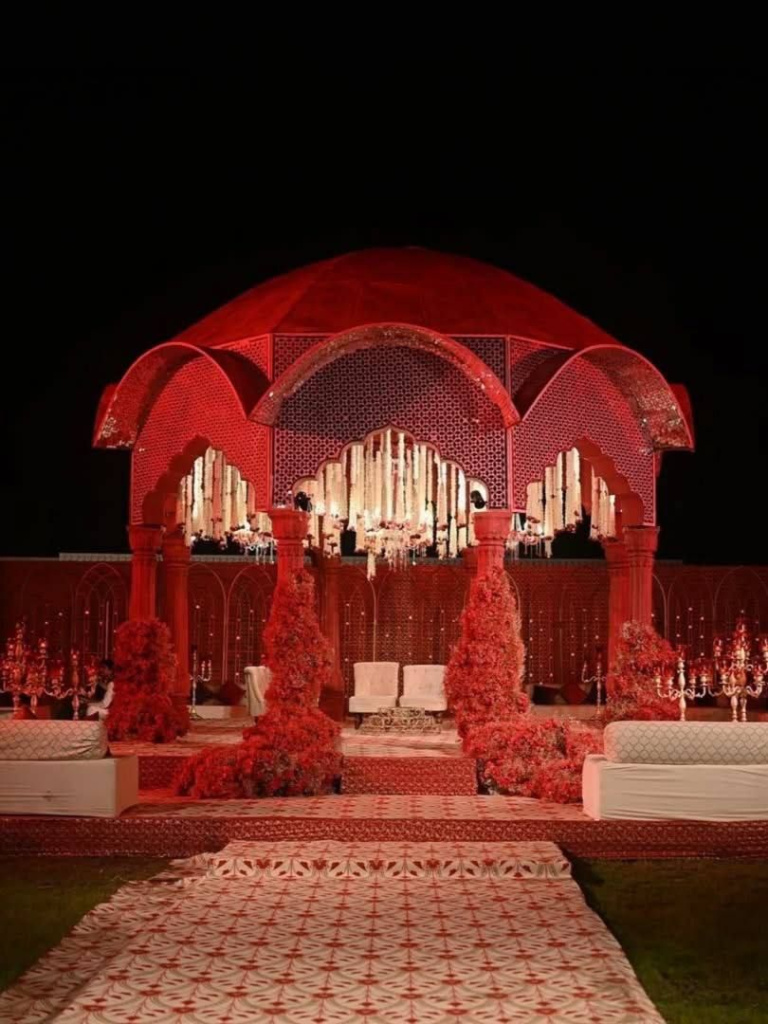
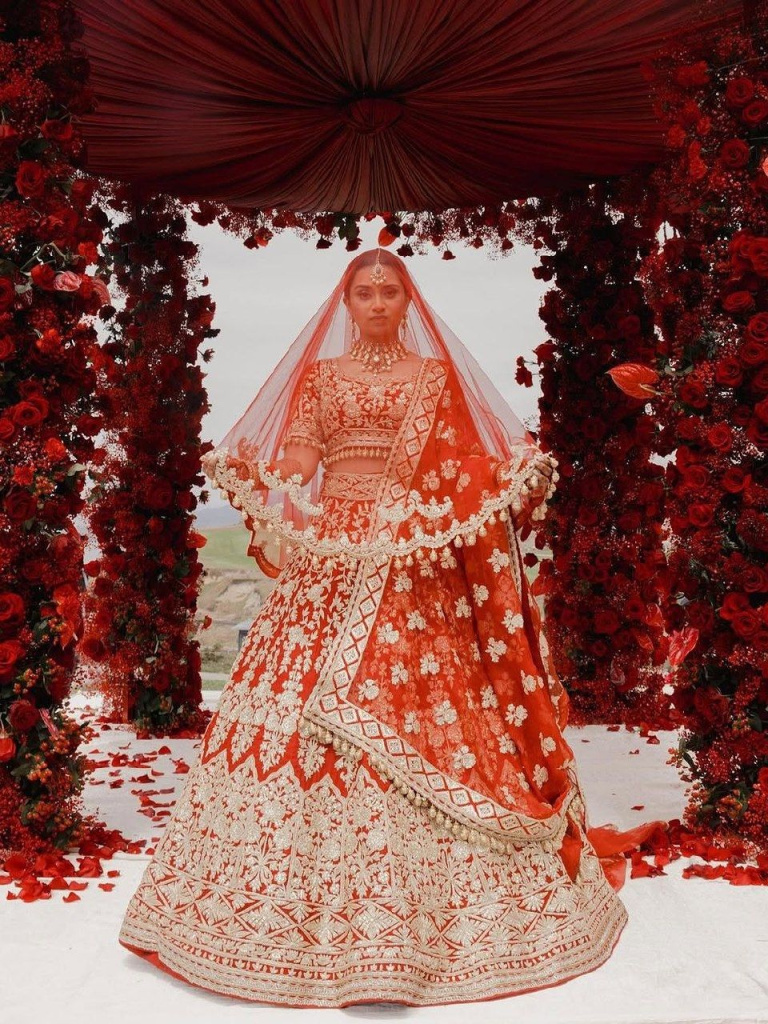
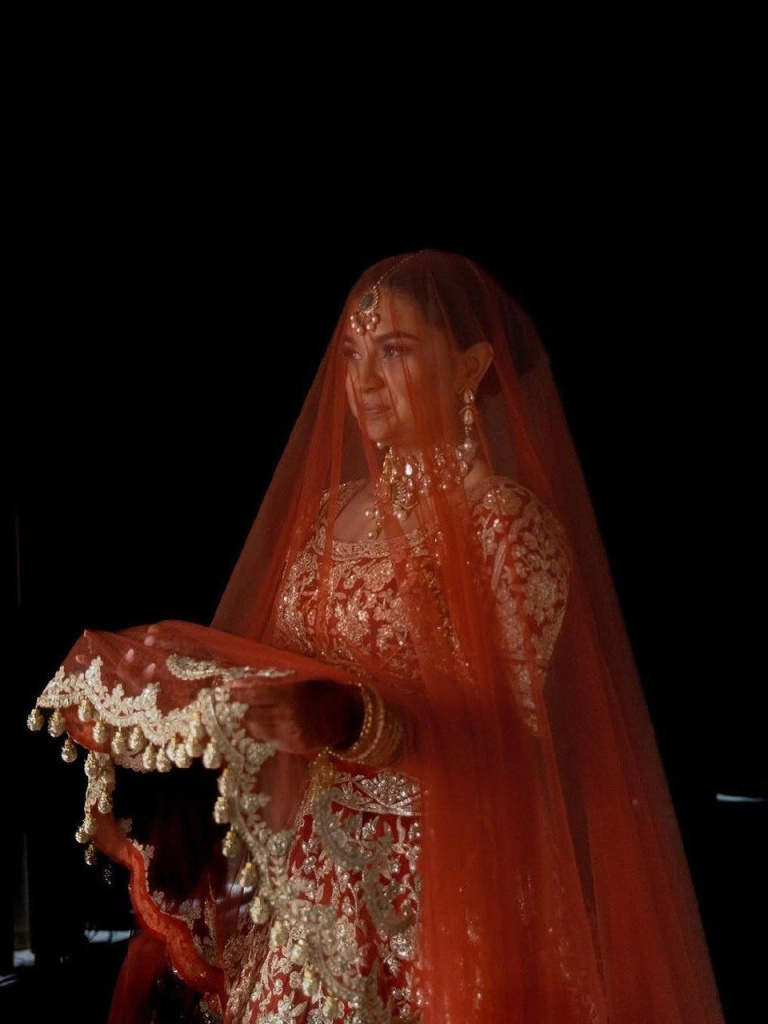
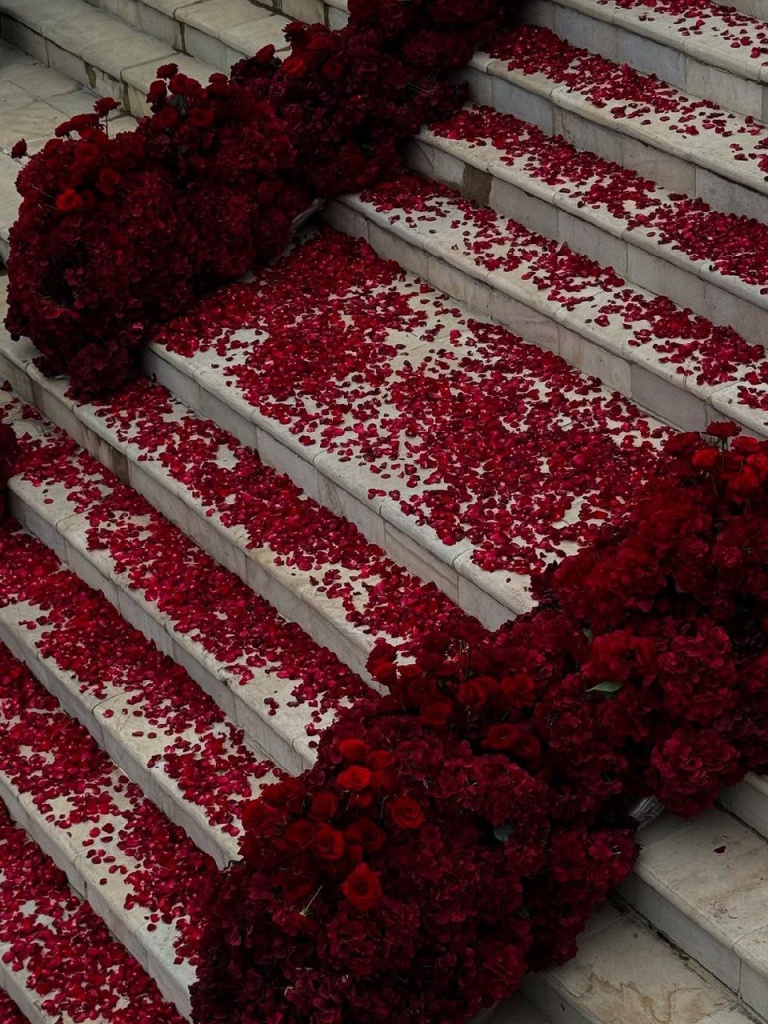
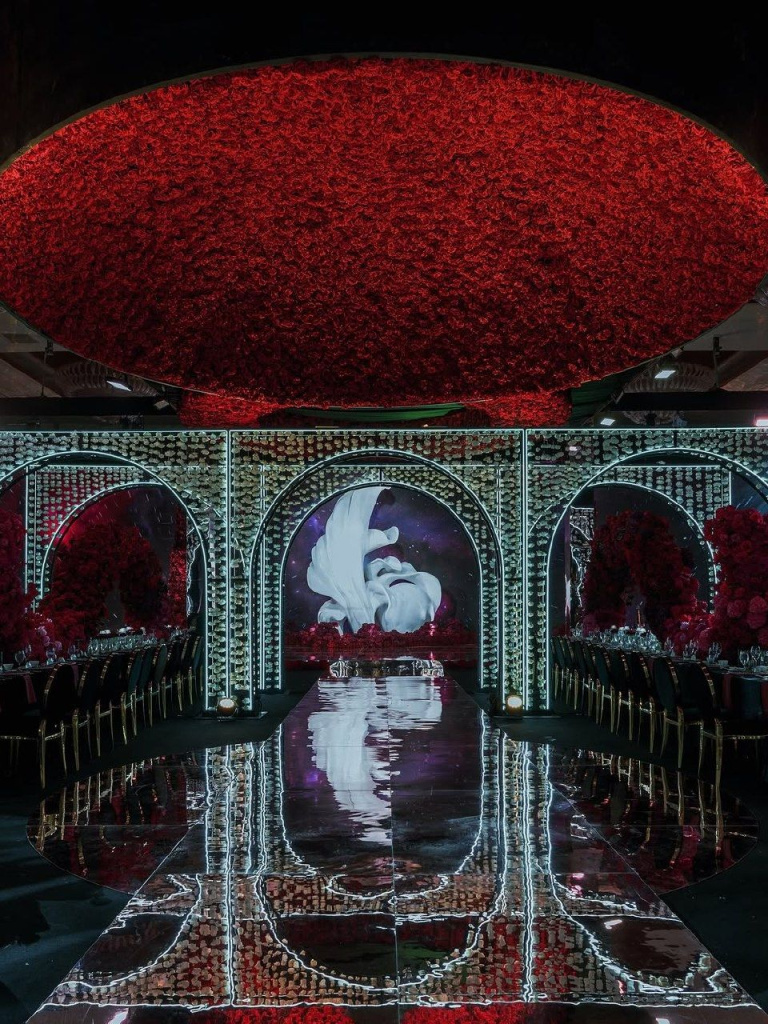
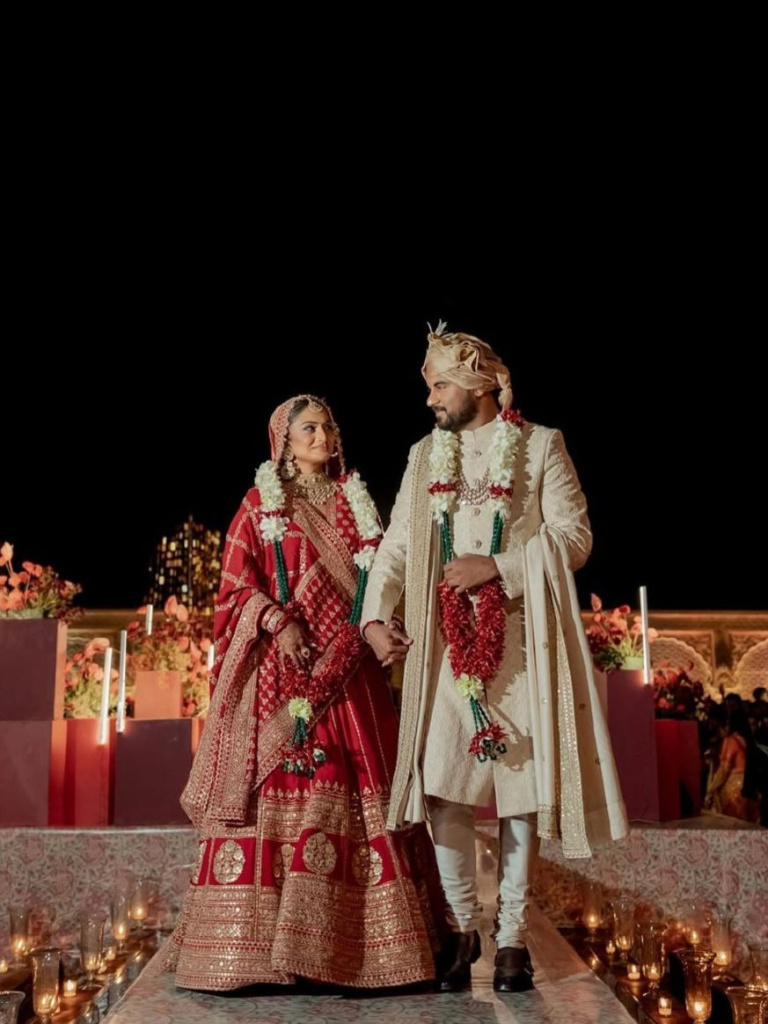
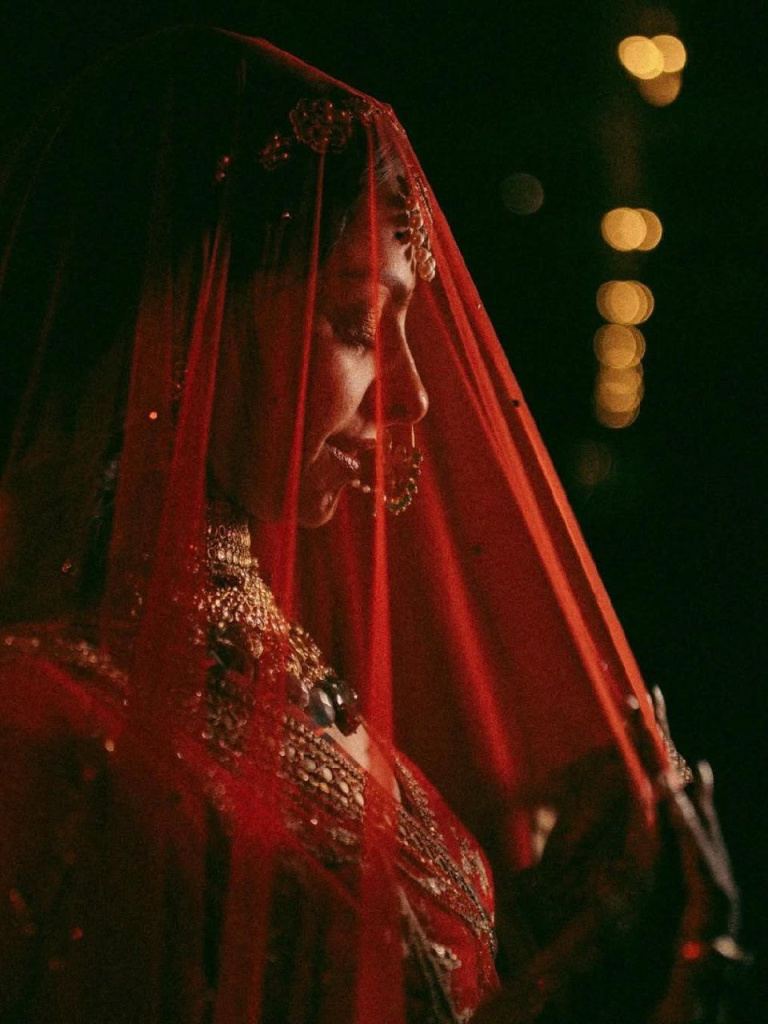
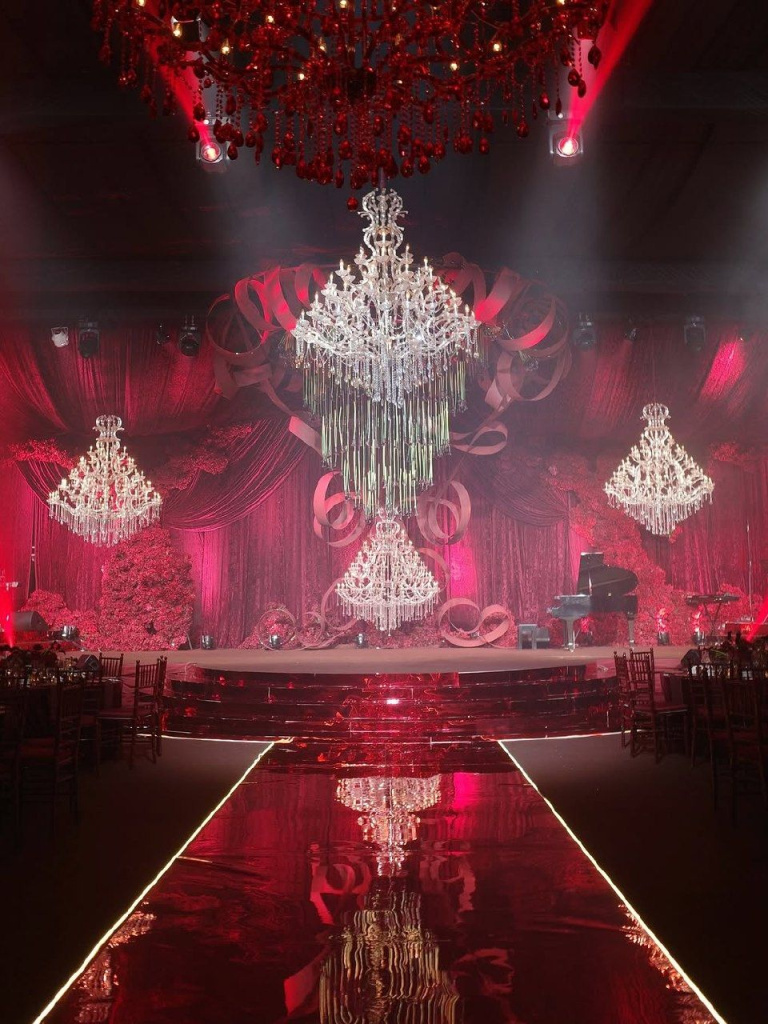
The Significance and Symbolism of a Hindu Wedding Ceremony
The Significance and Symbolism of a Hindu Wedding Ceremony A Hindu wedding henna ceremony is more than just a legal or social contract; it is a sacred bond between two souls and their families. Every ritual in the ceremony is deeply rooted in Vedic traditions and symbolizes the journey of life, love, duty, and commitment.One of the most significant aspects of a Hindu wedding ceremony program is the presence of fire, known as Agni, which acts as a witness to the vows exchanged by the bride and groom. Fire symbolizes purity and divine energy, and its presence reinforces the sacredness of the union.The Kanyadaan ritual is an emotional and spiritual moment where the bride’s father places her hands into the groom’s, signifying that he is entrusting her to her new partner. This represents a selfless act of giving, where the father relinquishes his protective role and transfers responsibility to the groom.Another vital part of the ceremony is Saptapadi, or the "Seven Sacred Steps." The couple takes seven rounds around the fire while reciting vows that signify different aspects of a successful marriage, including love, prosperity, mutual respect, and lifelong companionship. These steps are considered the most binding part of the marriage and signify that the couple is now united for eternity.The groom applies Sindoor, a red powder, on the parting of the bride’s hair, marking her as a married woman. He also ties the Mangalsutra, a sacred necklace, around her neck, symbolizing their eternal bond. These symbols are equivalent to a wedding ring in Western culture and are worn by married women as a sign of their marital status.At the end of the Indian wedding ceremony, the couple seeks the blessings of their elders by touching their feet, a gesture that represents humility, respect, and the importance of family guidance. Another important Hindu pre wedding ritual is Haldi, in which a paste made from turmeric, sandalwood, and rosewater is applied to the bride and groom’s skin. This is considered to purify them, bring good luck, and enhance their natural glow. Family and friends joyfully apply the paste while singing traditional songs.
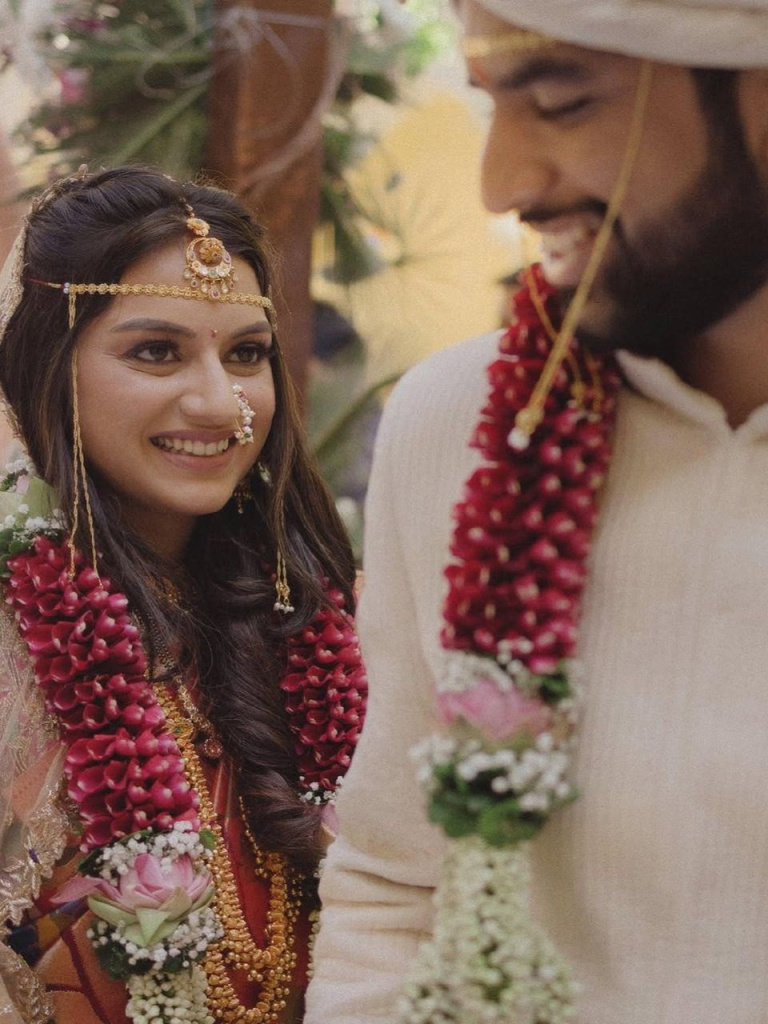
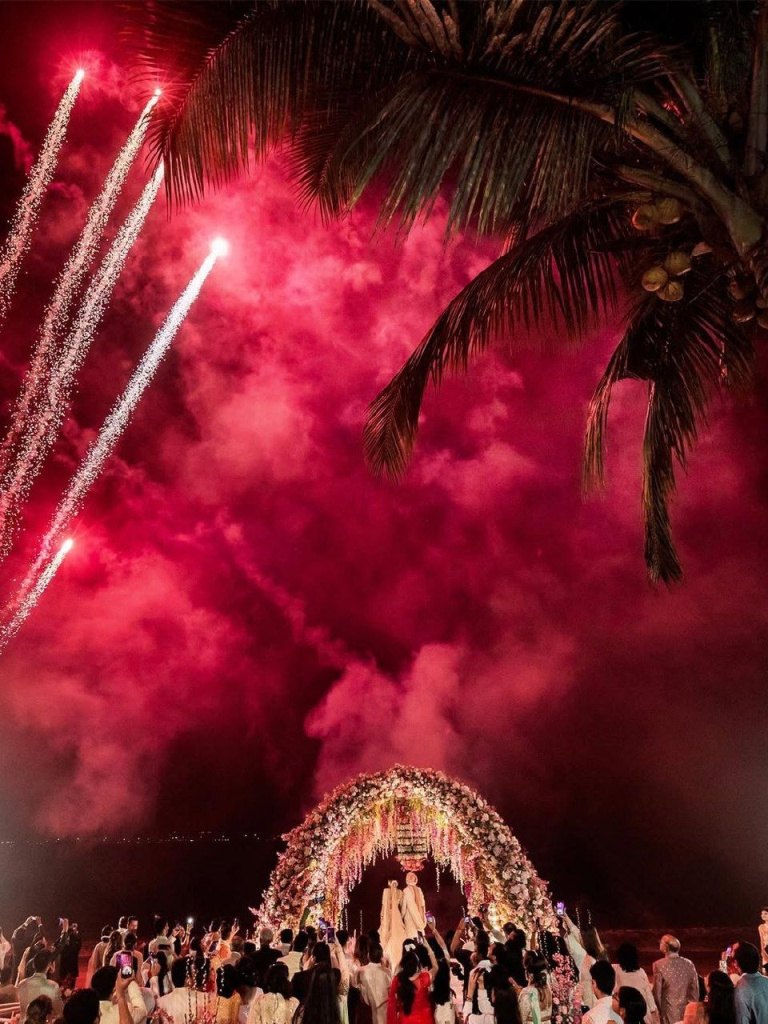
Key Rituals During a Hindu Wedding Ceremony
An Indian wedding ceremony consists of multiple elaborate rituals, each carrying a unique meaning. The sequence of events may vary based on regional customs, but some fundamental rituals remain universal.
- Baraat (Groom’s Procession) – The groom arrives at the wedding venue in a festive procession, often on a horse or an elaborately decorated vehicle. His family and friends dance joyously to traditional music, symbolizing the groom’s arrival as a prince ready to marry his bride.
- Kanyadaan (Giving Away the Bride) – The bride’s parents officially give their daughter away to the groom, symbolizing the transfer of responsibility and blessings.
- Vivaah Homa (Sacred Fire Ritual) – The Hindu wedding ceremony program is conducted around a sacred fire, which serves as a divine witness to the vows taken by the couple.
- Saptapadi (Seven Steps) – The couple walks around the fire seven times while reciting sacred vows that bind them together for life.
- Sindoor and Mangalsutra – The groom applies Sindoor to the bride’s forehead and ties the Mangalsutra, signifying her married status.
- Vidaai (Bride’s Farewell) – After the Indian wedding ceremony, the bride bids an emotional farewell to her family and leaves with the groom to start a new chapter of her life.
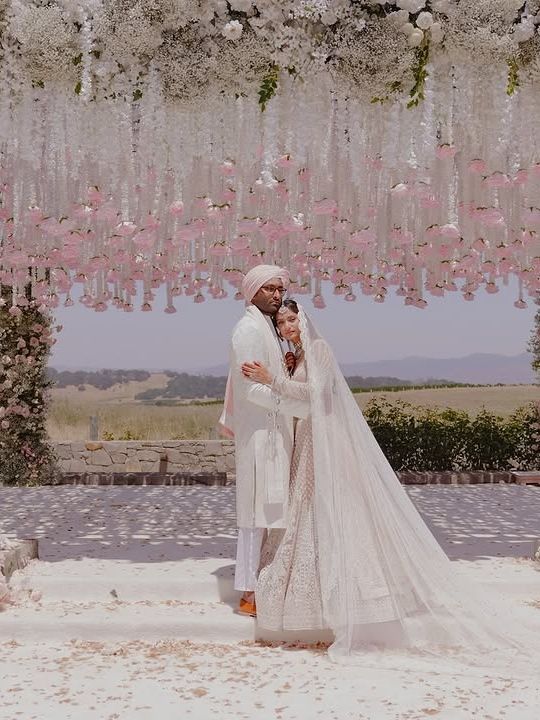
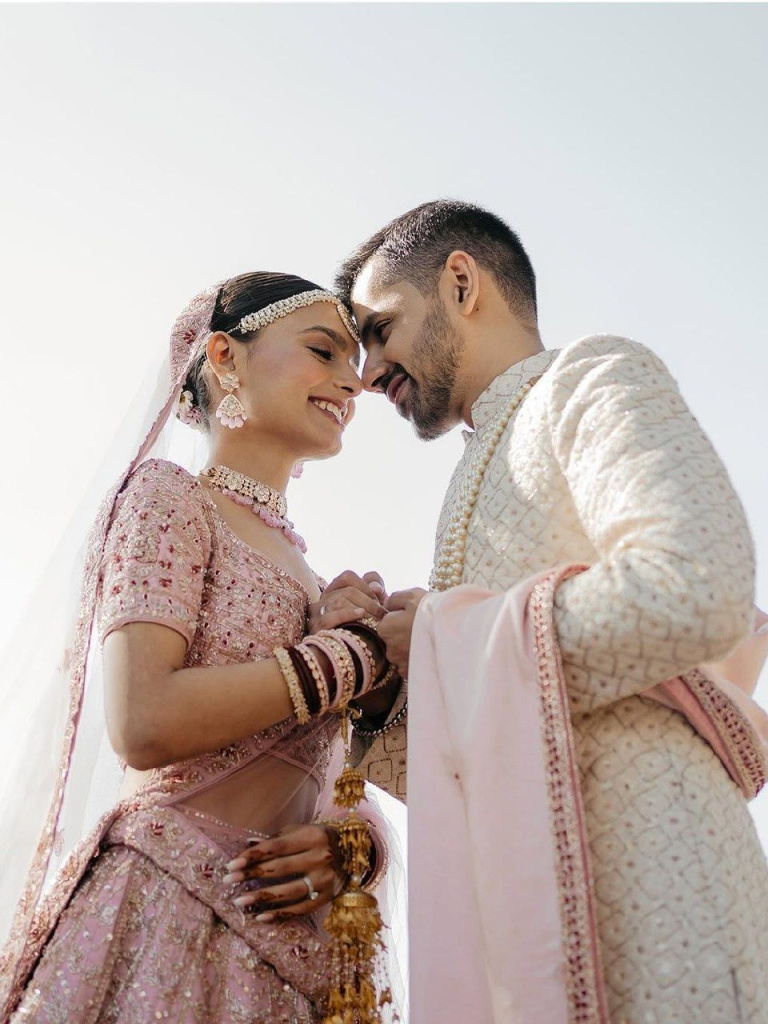
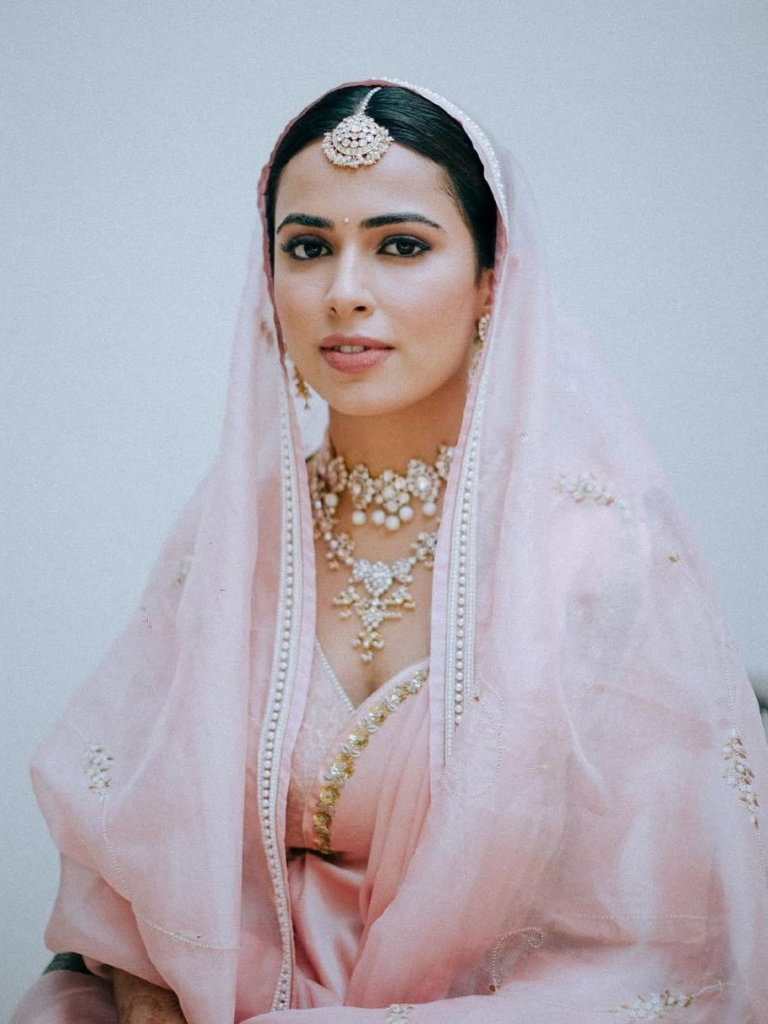
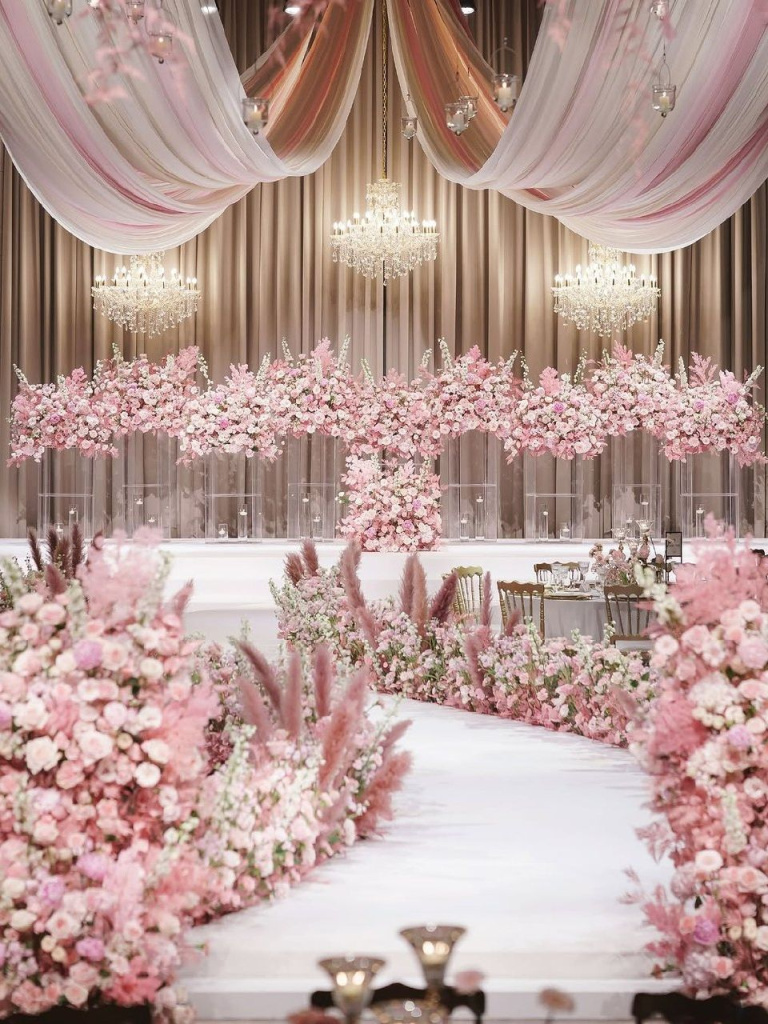
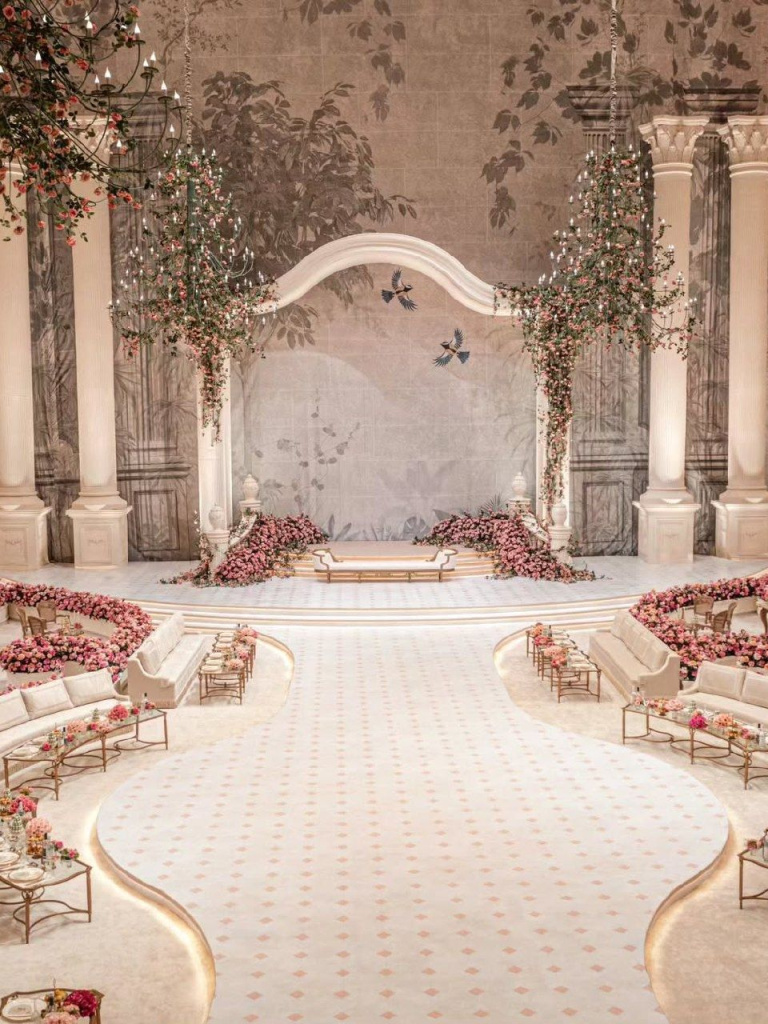
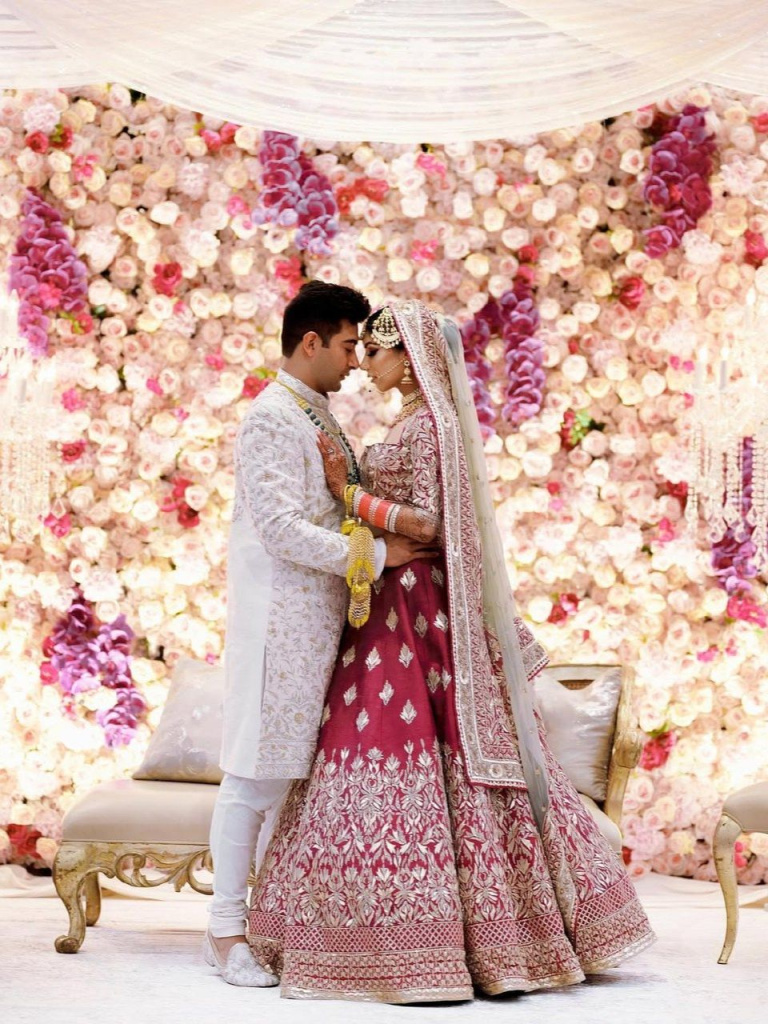
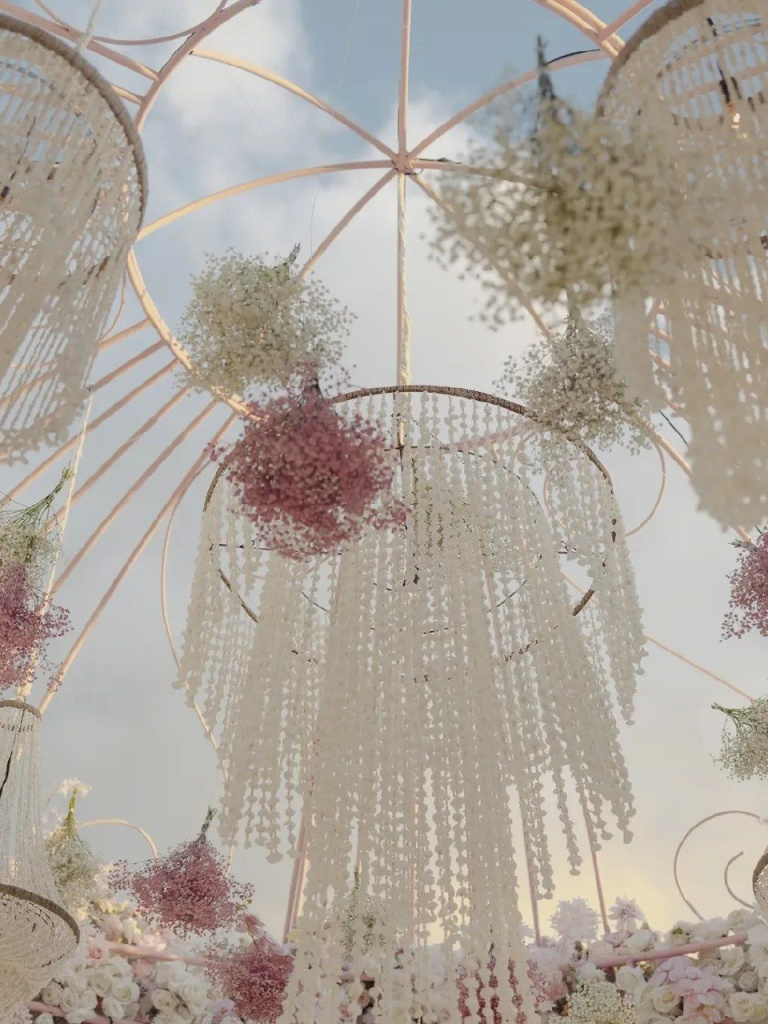
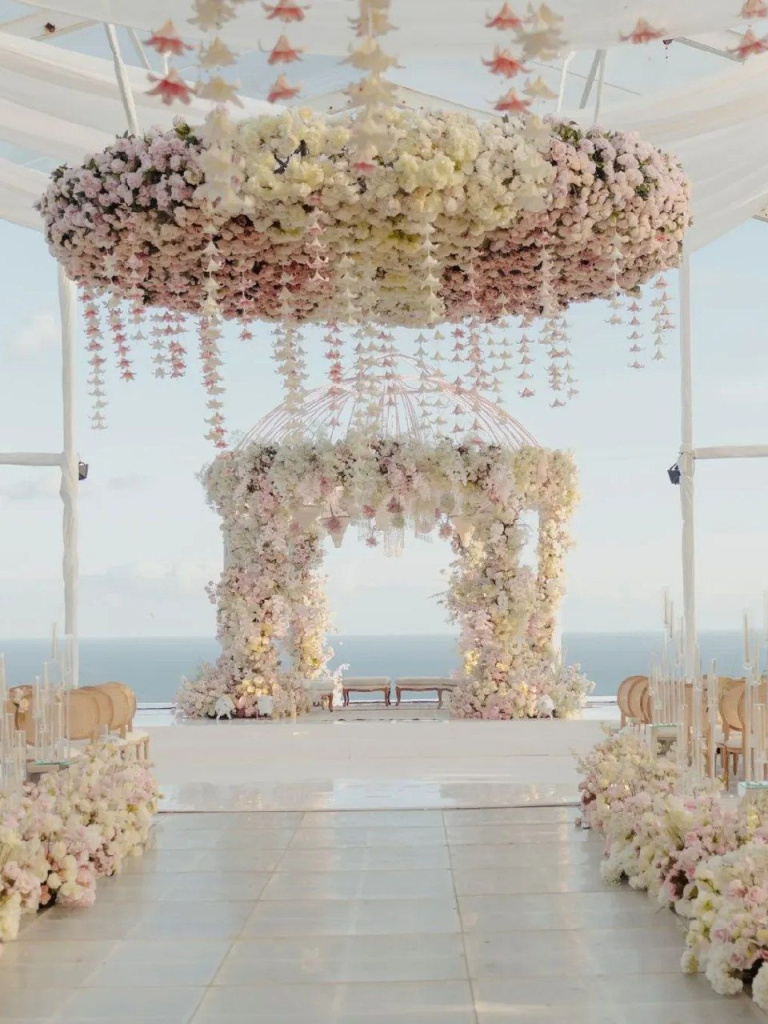
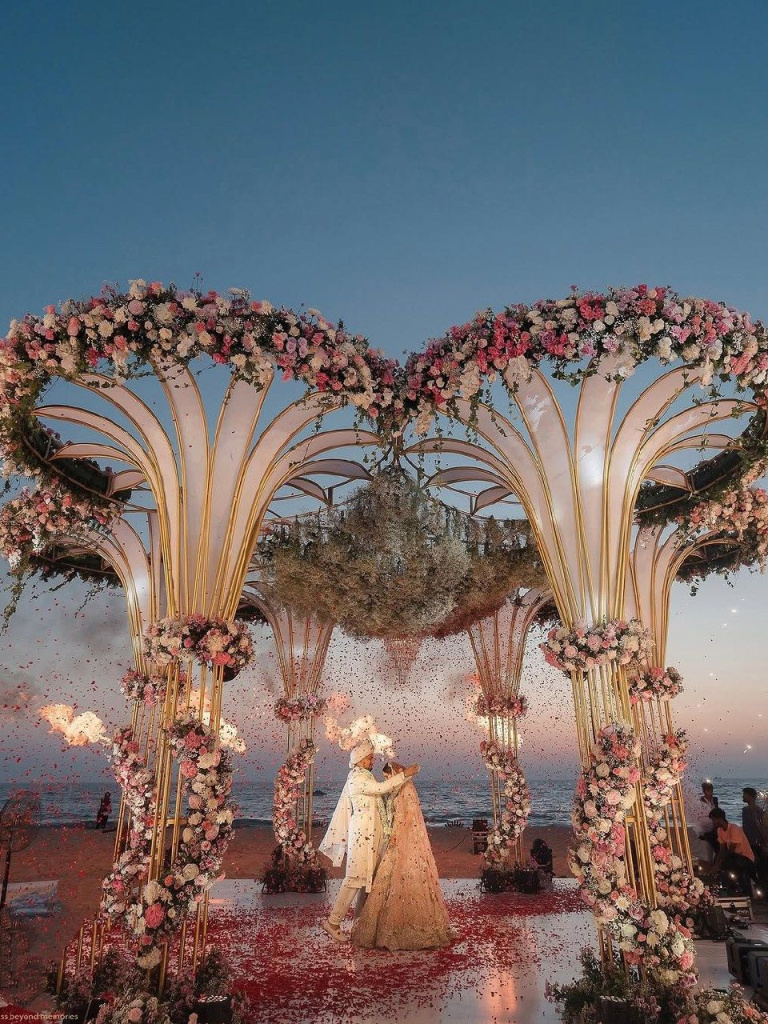
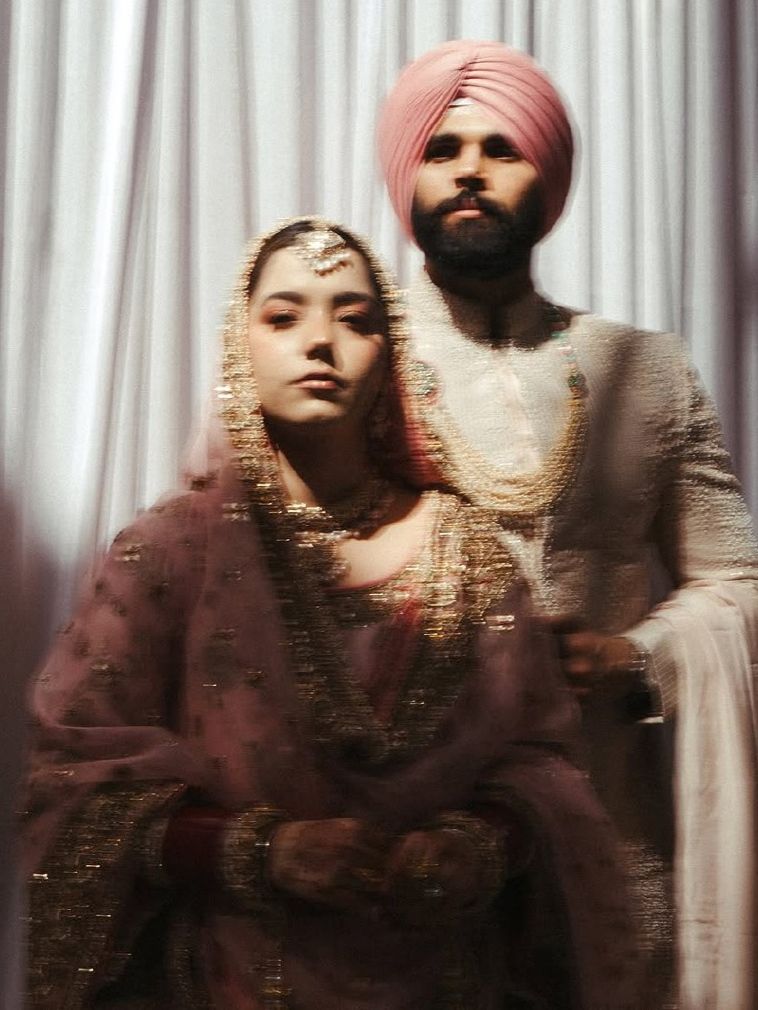
Modern Trends in Hindu Wedding Ceremonies
While indian wedding ceremony remain deeply rooted in tradition, many modern couples are incorporating contemporary elements into their celebrations.One major trend is destination weddings, where couples opt for exotic locations such as Rajasthan’s palaces, Goa’s beaches, or even international venues like Bali or Italy. These weddings blend traditional Hindu wedding ceremonies with luxurious settings, creating a unique experience for guests.Another popular trend is the fusion of cultures. With globalization and intercultural marriages on the rise, many Hindu wedding ceremonies now include elements from other traditions, such as Western-style receptions, personalized vows, or mixed cuisines.Technology has also influenced modern India wedding ceremonies. Live streaming of ceremonies allows family members and friends from around the world to witness the event, especially when they cannot travel. Additionally, couples are increasingly hiring professional wedding planners and photographers who specialize in cinematic wedding films, capturing every moment in high-quality visuals.Sustainability has become a significant concern, leading to the rise of eco-friendly weddings. Couples are choosing biodegradable décor, organic catering, and digital invitations instead of printed cards to minimize their environmental impact. Some even opt for plantable wedding invitations embedded with seeds, symbolizing growth and new beginnings.Personalization is another trend gaining popularity. Couples now design custom wedding outfits, monogrammed accessories, and thematic decorations that reflect their personalities. Some even replace traditional wedding favors with donations to charities, emphasizing the importance of giving back.
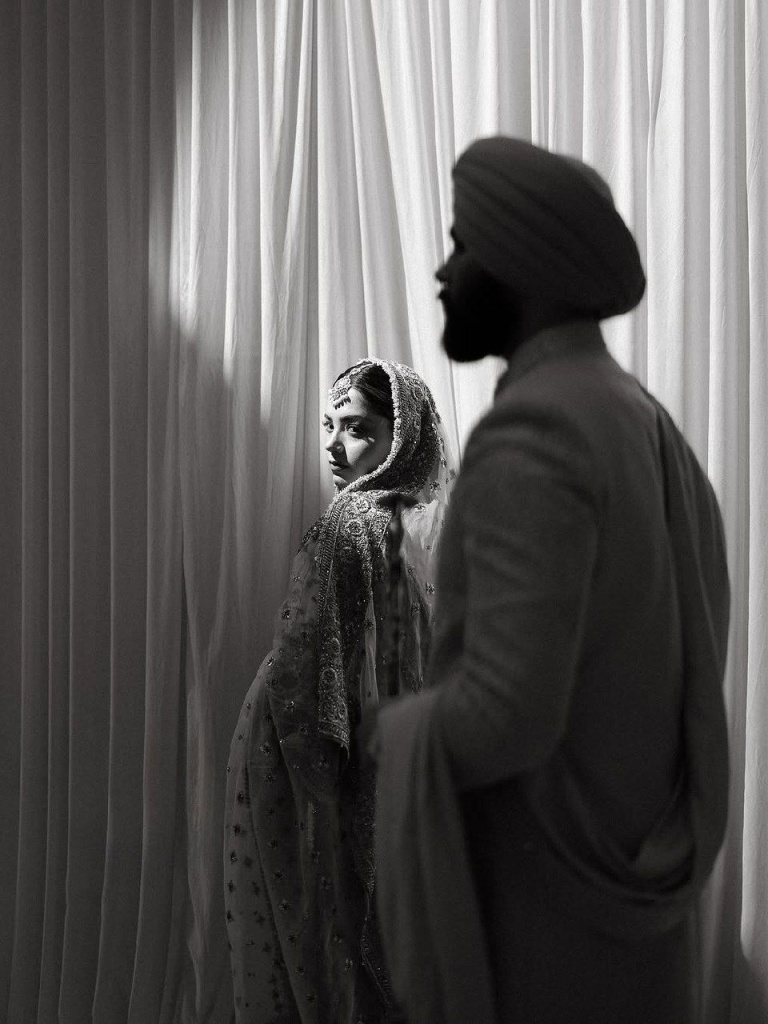
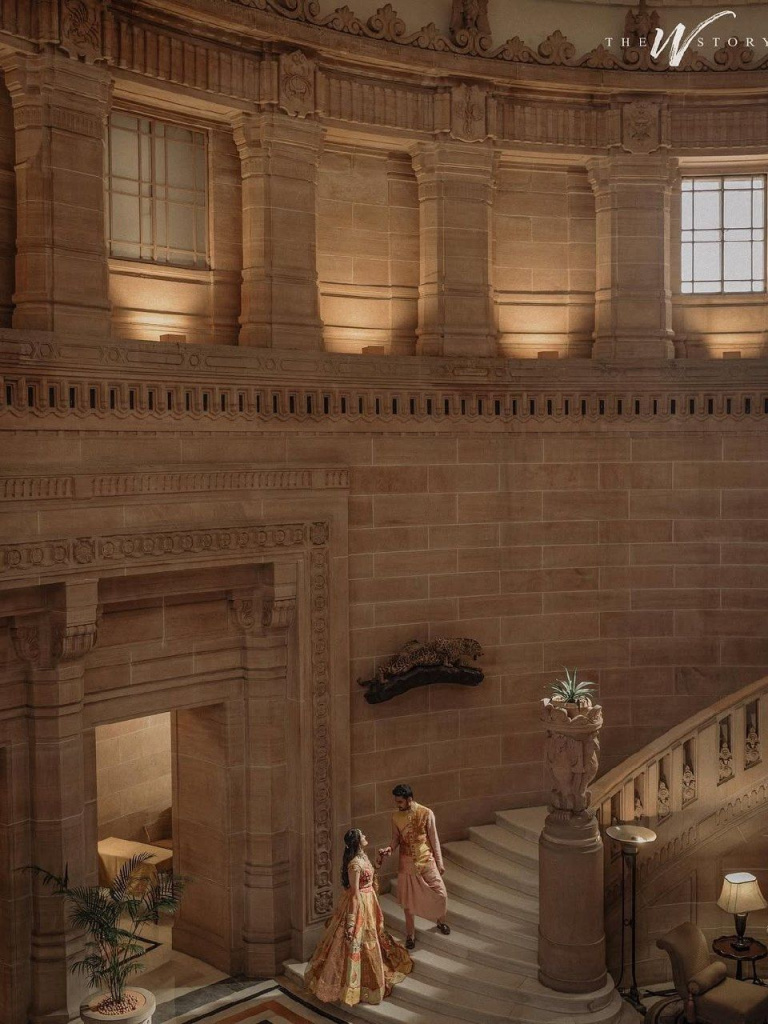
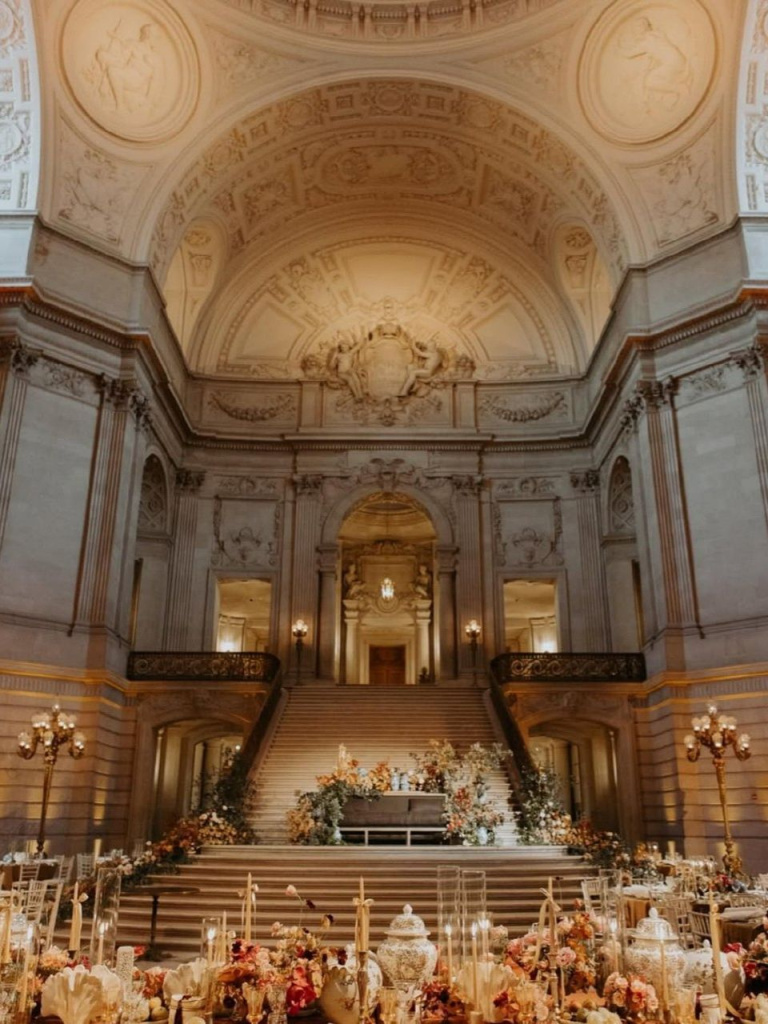
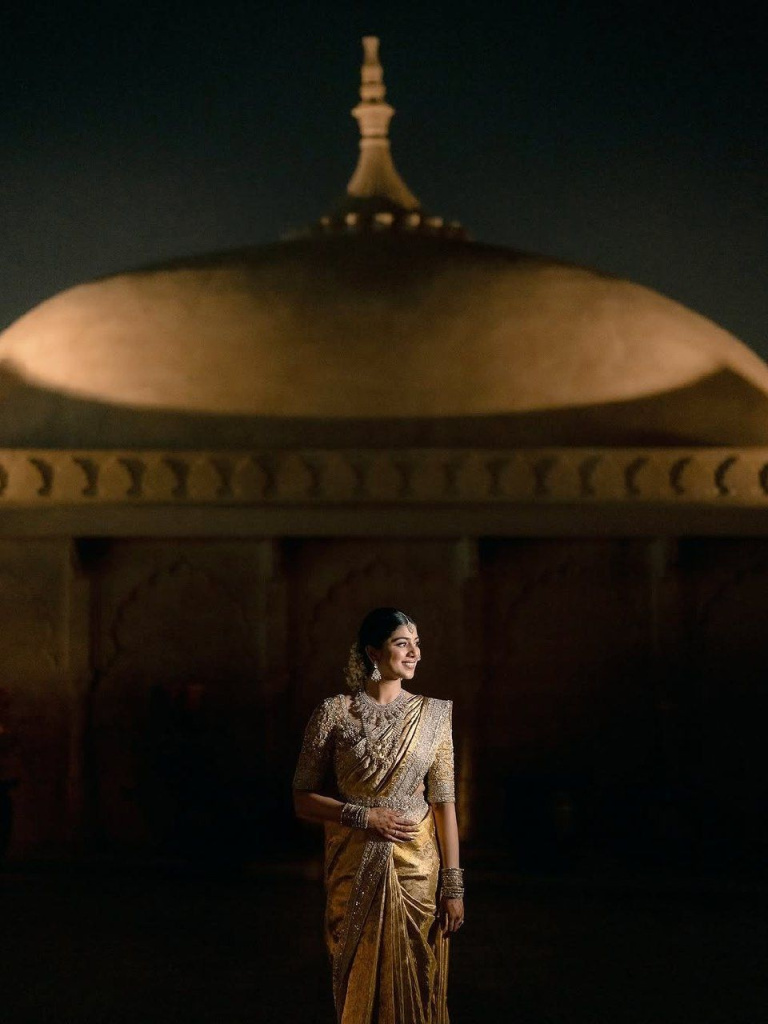

Trendy Decorations for a Hindu Wedding Ceremony
The décor at a Hindu wedding ceremony plays a crucial role in setting the ambiance and bringing the ceremony to life. While traditional floral decorations, draped fabrics, and vibrant color palettes remain timeless, new trends are emerging in wedding aesthetics.
- Floral Extravagance – Flowers have always been an integral part of India wedding ceremonies, but modern weddings are taking floral décor to the next level with hanging flower ceilings, floral walls, and even floral mandaps (ceremonial stages). Exotic flowers like orchids, peonies, and roses are often used to create opulent settings.
- Royal Themed Mandaps – Many couples are opting for regal-themed wedding mandaps, inspired by royal palaces with intricate gold detailing, chandeliers, and grand arches. This adds a majestic touch to the ceremony.
- Pastel Color Palettes – While bright reds, oranges, and golds have traditionally dominated Hindu wedding ceremonies, pastel colors like blush pink, mint green, and lavender are becoming more popular for a softer, romantic ambiance.
- Eco-Friendly Decorations – Sustainable wedding décor using recycled materials, potted plants, and LED lighting instead of traditional fire lamps is gaining traction.
With changing times, Hindu wedding ceremonies continue to evolve while preserving their rich traditions. The blend of heritage with modern creativity allows couples to craft a truly unforgettable celebration that reflects both their cultural roots and personal style.
